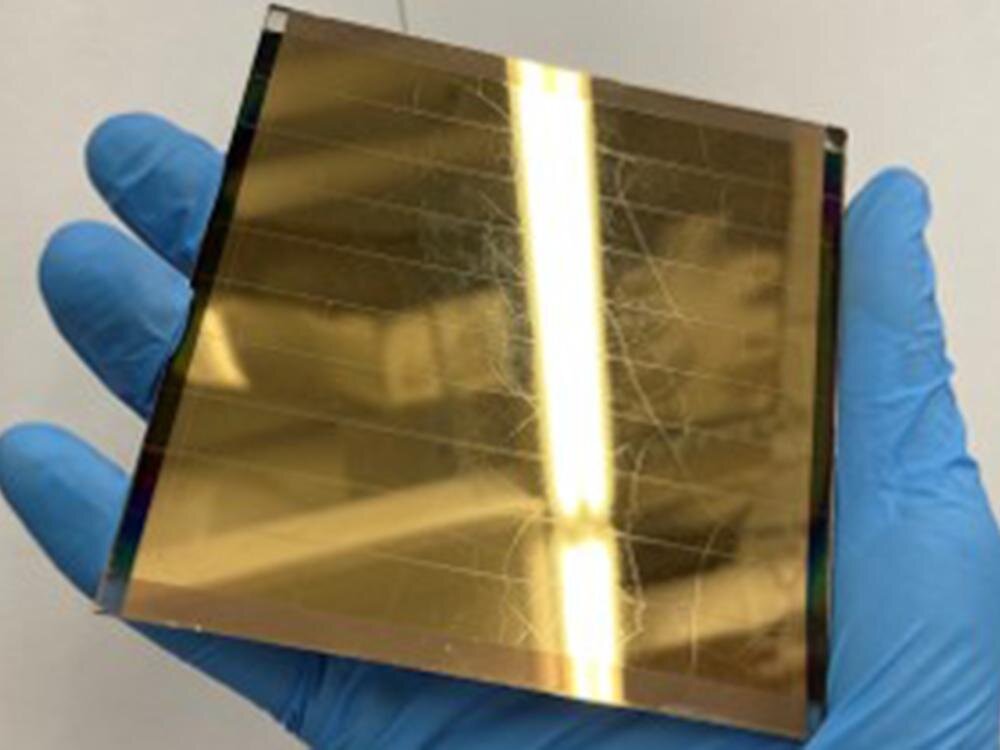A range of different additives and extra layers could change the way a solar cell surface interacts with light, and thus improve its performance. Among these is light scattering, where sunlight hits tiny particles embedded into the cell, and is reflected around the device rather than straight back out of it.
A group of US scientists led by Penn State University have demonstrated a 1% efficiency increase in perovskite solar cells by adding a nanoscale light trapping structure to the front of the cell. The achievement is also notable they started out investigation a completely different route to solar cell optimization, and ultimately discovered most of the gains thought to come from this are actually attributable to an accompanying light scattering effect.
“Some researchers in the literature have hypothesized and showed results that up-conversion nanoparticles provide a boost in performance,” said Shashank Priya, professor of materials science and engineering at Penn State. “But this research shows that it doesn't matter if you put in up-conversion nanoparticles or any other nanoparticles – they will show the boosted efficiency because of the enhance light scattering.”
Up-conversion is a process where a material added to a cell converts infrared radiation into visible light, which can be absorbed by the solar cell. This has long been pursued as a possible to way to reach efficiencies beyond what is thought to be theoretically possible in a single junction device. In this case, scientists at Macquarie University in Australia provided another crystalline material that does not exhibit the up-conversion effect, allowing the Penn State researchers to compare results.
They described their work in “Homogenization of Optical Field in Nanocrystal-Embedded Perovskite Composites,” which was published in ACS Energy Letters. The results showed that the materials were equally effective in improving the perovskite solar cell’s conversion efficiency. And with further calculations, the researchers were able to prove that the efficiency boost primarily came from light scattering, with up-conversion only having a negligible effect.
“We started to basically play around with nanoparticle distribution in the model, and we started to see that as you distribute the particles far away from each other, you start to see some enhanced scattering,” said Thomas Brown, associate professor at the University of Rome. “Then we had this breakthrough.”
The group says it will now investigate the optimization of the size, shape and distribution of particles in nanostructures to optimize performance even further.
This content is protected by copyright and may not be reused. If you want to cooperate with us and would like to reuse some of our content, please contact: editors@pv-magazine.com.




3 comments
By submitting this form you agree to pv magazine using your data for the purposes of publishing your comment.
Your personal data will only be disclosed or otherwise transmitted to third parties for the purposes of spam filtering or if this is necessary for technical maintenance of the website. Any other transfer to third parties will not take place unless this is justified on the basis of applicable data protection regulations or if pv magazine is legally obliged to do so.
You may revoke this consent at any time with effect for the future, in which case your personal data will be deleted immediately. Otherwise, your data will be deleted if pv magazine has processed your request or the purpose of data storage is fulfilled.
Further information on data privacy can be found in our Data Protection Policy.